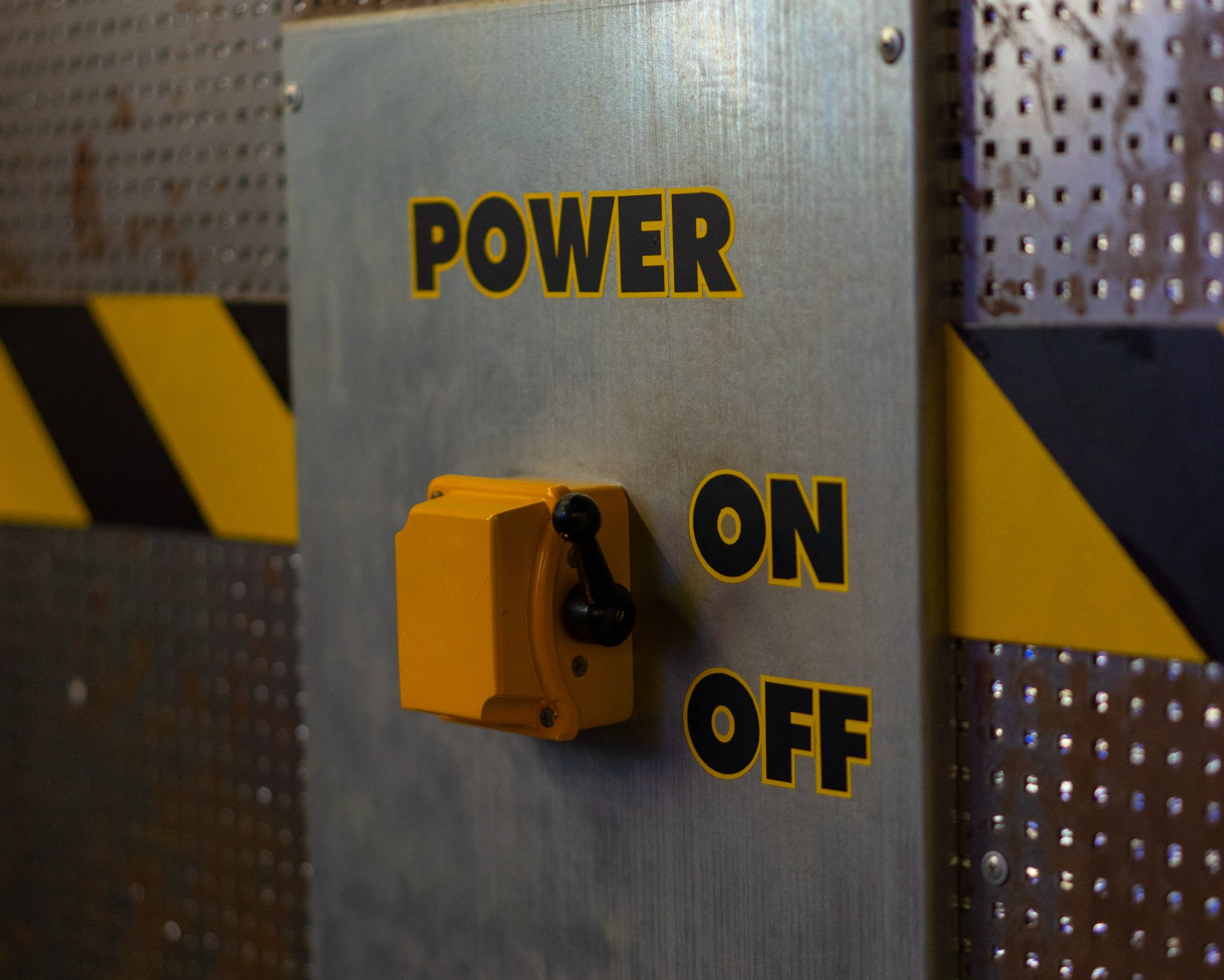Safety Switch Tripping
What to do if the safety switch keeps tripping?
In the event that your home has lost power but the neighbours still have the lights on and the vacuum cleaner humming, check your safety switch. The safety switch or RCD is located in your electrical switchboard or fuse box. Has the switch flicked to the OFF position?
If this is the case a malfunctioning electrical appliance or faulty electrical wiring has been detected and the device has done exactly what it is designed to do and cut electricity to the power point electrical circuit of your home.
Get a quote
Contact Us
Safety Switch
The safety switch is an important protection against electrical accidents. The switch activates in as little as 0.3 seconds to prevent serious harm from an electric shock. Even though it may seem like an annoying inconvenience at the time, in reality, the switch could have saved the life of someone in your home.
In some cases the fault is temporary and power can be restored simply by resetting the switch to the ON position. Sometimes this is not the case and the issue continues to occur.
If there is an appliance you suspect is faulty unplug it and try to reset the RCD (residual current device). Do not reuse the faulty item until it can be repaired by a qualified appliance repair technician.
To find the faulty appliance unplug all the appliances which are plugged into a power point in your home, yes every single one, and reset the safety switch.
As you replug each item the faulty appliance will often trip the RCD as soon as it’s turned on, but not always.
Most common electrical appliances which cause safety switch tripping are the – electric kettle, toaster, rangehood, iron, washing machine, fridge, and freezer.
Faulty appliances
Sometimes it is really clear what caused the power cut. If you just turned the kettle on or plugged in the electric frying pan and the power went out it’s safe to assume they are the cause.
Avoid touching any appliance which appears to be faulty. If you can safely pull the plug from the power point to disconnect the item do so. If not wait, for your electrician. This will stop the appliance from re-tripping the safety switch or circuit breaker once the power comes back on and reduces the risk of an electrical accident. It should also allow the safety switch to be reactivated, restoring power to the home.
Do not reuse the faulty appliance until it has been checked by a qualified appliance repair technician.
Occasionally it’s not so obvious if an appliance caused the power cut. Read our information on safety switch tripping for tips on what to do in this situation.
Power outage tips
Don’t open the fridge if possible to preserve the cool as much as possible. Fridges are well insulated and should keep your food cold for a few hours if left unopened.
Open the windows to allow cool air into your home and to avoid overheating in the warmer months.
In winter keep rooms closed to conserve the existing warmth in the house.
Unplug any sensitive electrical equipment such as computers, televisions, audio systems, etc.
Use generators with caution and only plug essential appliances directly into the generator. Never attach the generator to your home’s mains power, this can be very dangerous. Always run the generator outside and away from windows.
If in doubt call your electrician.
Other causes of RCD tripping
Heavy rain can leak water into your homes electrical systems. If you suspect your safety switch is tripping regularly due to moisture, contact your licensed electrician to ensure the system is safe after rain damage.
Electrical storms, thunder and lightning, can occasionally trigger the RCDs sensor. In this situation, the switch should reset once the storm has passed.
Tips on identifying faulty appliances
If you suspect any electrical appliance is faulty in any way stop using the item until you can have it check and repaired by a qualified appliance repair technician.New Paragraph
- Worn, melted, or discoloured electrical cables
- Melted or cracked plug
- Exposed wiring
- Burn marks anywhere on the appliance can indicate overheating.
- External wear and tear such as cracks in housing, broken switches or knobs




